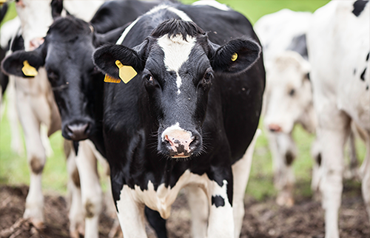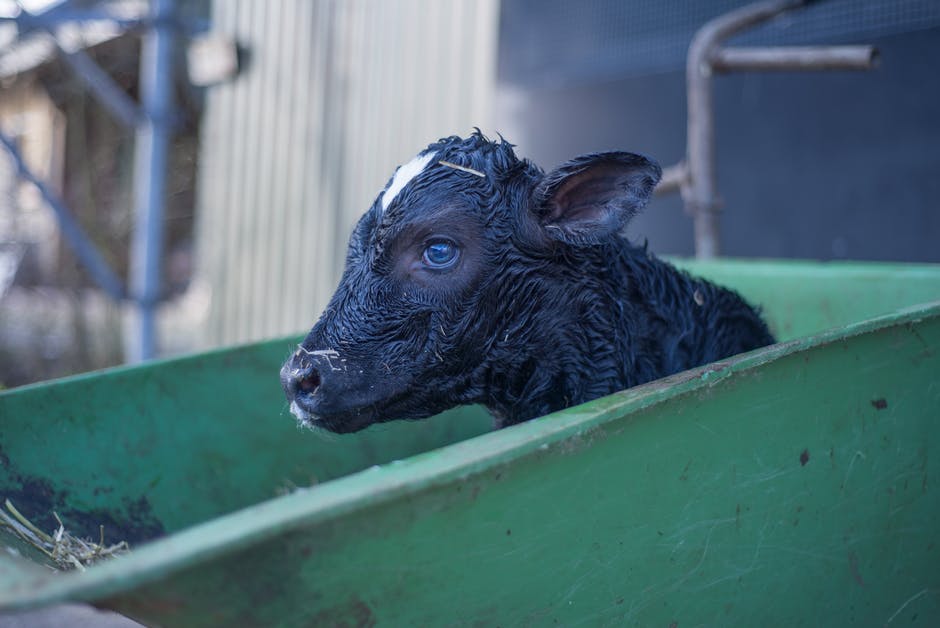 In an attempt to make up for declining milk sales, the dairy industry has relaunched a social media campaign aimed at highlighting the benefits of milk and promoting products derived from cows in a more positive way.
In an attempt to make up for declining milk sales, the dairy industry has relaunched a social media campaign aimed at highlighting the benefits of milk and promoting products derived from cows in a more positive way.
Needless to say, the campaign, dubbed "Februdairy," has backfired.
The accelerating disapproval of the milk industry coupled with the ever-expanding non-dairy market has left dairy producers worried and desperate.
The reality is, consumers are becoming increasingly aware of the abhorrent cruelty prevalent in the animal agriculture industry and are ditching milk products in favor of cruelty-free, plant-based alternatives like soy and coconut milk.
If you haven't made the switch yet, keep reading to learn of five reasons you should ditch dairy in February (and each month hereafter!) in favor of cruelty-free, plant-based alternatives!
1. Dairy cows are forcibly impregnanted
In order to produce milk, dairy cows are artificially inseminated so they can give birth again and again — only to have their newborn calves taken away from them shortly after birth. Dairy cows then lactate for about ten months before the cycle continues and they are forcibly impregnated again. Dairy cows that are too old are considered "spent" and are slaughtered for meat.
2. Calves are separated from their mothers within the first 24 hours after birth
Cows are highly social and emotional creatures that develop incredibly close bonds with other cows, especially their young. Sadly, calves are ripped away from their mothers when they are just a day old so that their mothers' milk can be sold for human consumption.
3. Male calves are slaughtered for veal
While female calves are raised as replacements to their mothers, male calves are considered "byproducts" of the dairy industry because they are unable to produce any milk and are subsequently shipped off to slaughter so that their flesh can be sold for veal.
4. Cows live in deplorable conditions
Cows suffer immense abuse and neglect on dairy farms. Due to the fact it's faster and more cost-effective, mechanized machines are tasked with milking the cows' fragile teats — resulting in horrific lesions, inflammation, and painful swelling. Dairy cows live in cramped, dirty pens, forced to stand on concrete floors without any suitable bedding and are unable to ever walk freely or graze outside. Although a healthy, happy cow's natural life expectancy is around 20 years, dairy cows are typically dead by the age of four, as they are considered "spent" and are unable to produce large quantities of milk.
5. The dairy industry causes pollution and water waste
The dairy industry's production process is incredibly resource-intensive, requiring around 1,000 gallons of water in order to produce just one gallon of milk. The large-scale production of milk also contributes to global warming as cows emit high amounts of methane gas.
Click here to learn more about adopting a cruelty-free lifestyle!
